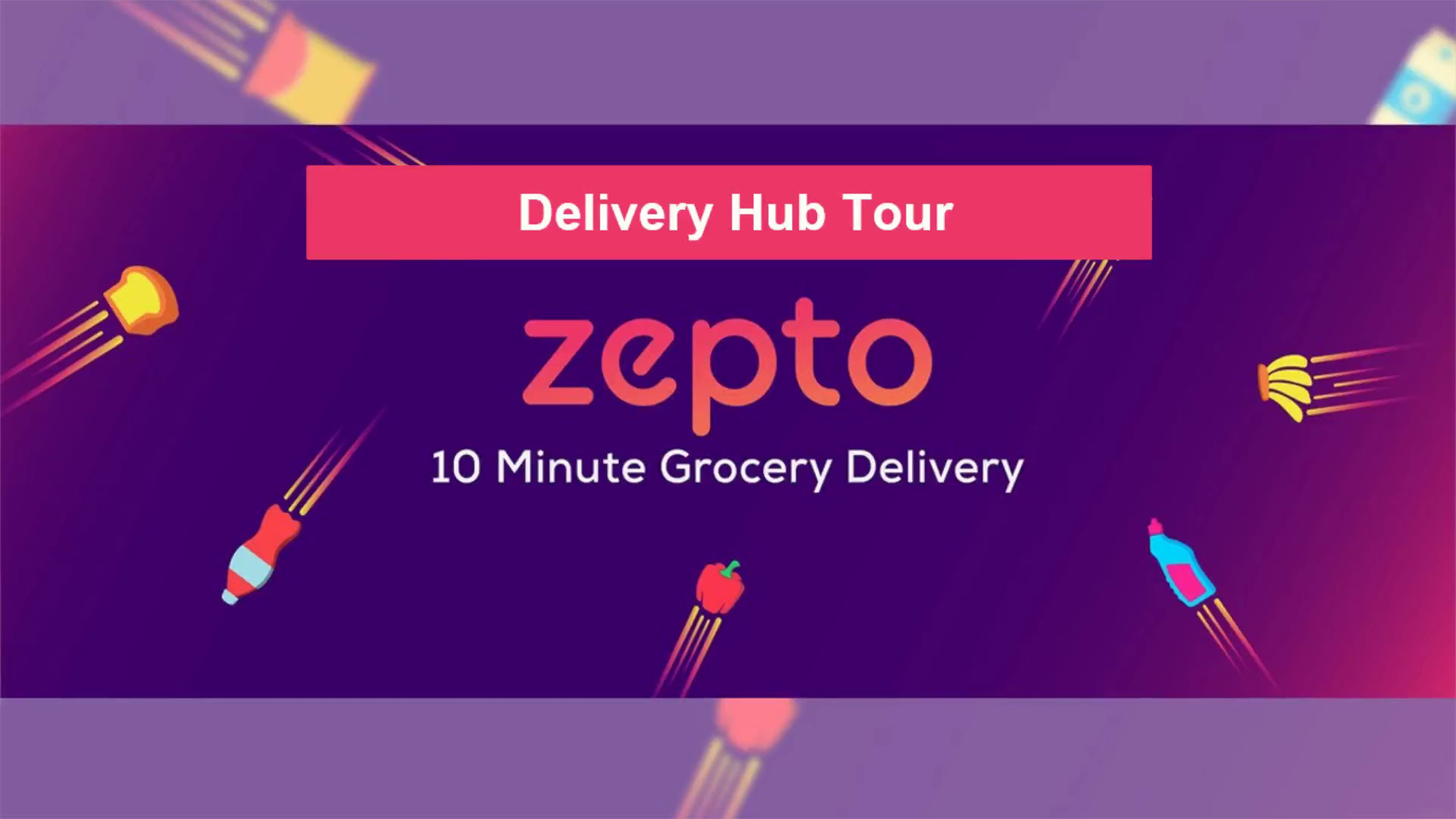Scene 1 (0s)
[Audio] Hello dear Associates. Today you are going to start your career journey at the Zepto Delivery Hub. So let's learn more about these terms and their uses. .
Scene 2 (12s)
[Audio] In this module, you will have a virtual tour of the Delivery Hub. So stay tuned. .
Scene 3 (20s)
[Audio] We will first start with this screen at the D.H. .The orders assigned to the associates will be visible on this Order Monitoring Screen. .
Scene 4 (30s)
[Audio] Associates can stay up to date with the notices put up on the announcement board. This board will give you information about new incentive programs launched, and changes in policies & processes at Zepto. .
Scene 5 (44s)
[Audio] Aisle is the long stretch of storage space which is almost like a wall. Racks vertical units in an aisle. .
Scene 6 (54s)
[Audio] Shelf is a smaller horizontal unit in a rack. Bins are the smallest unit of storage in a shelf. Each Aisle, Rack, Shelf and Bin has a code that will help us understand the location of a product. .
Scene 7 (1m 10s)
[Audio] The associates can collect their assigned bags from the bag zone. .
Scene 8 (1m 17s)
[Audio] We use different paper bag sizes at the D.H. . As you can see on the screen the bag sizes are- Large, Medium, Small and Extra Small. .
Scene 9 (1m 30s)
[Audio] Pigeon Hole. This is the place where packer scans barcode and keeps the bag after complete order picking. The Rider or Zepton collects the bag from here and takes it to the customer. The transfer of bag from Packer to Zepton through the pigeonhole is called a handshake. .
Scene 10 (1m 50s)
[Audio] Now we will check out different types of storage units to transport products. The crates are used for fruits and vegetables, and similar products. Chiller box is used for cold storage products. And Totes are used for dry products and certain high-value products like perfume or electronics which come sealed in the totes. .
Scene 11 (2m 13s)
[Audio] At the D.H. you will hear a lot of short forms. One of them is S.K.U. What is S.K.U? S.K.U. is Stock Keeping Unit. Basically it is the items or products stored at D.H. S.K.U. are mainly of two types. That is food and non-food. .
Scene 12 (2m 34s)
[Audio] Let us learn about different S.K.U. storage zones where we keep different kind of products. These zones are called – Dry, Ambient, Chiller and Freezer Zones. .
Scene 13 (2m 47s)
[Audio] Dry Zone: This zone is used to store food and non-food items that do not need any particular temperature to be stored. Sample items in dry zone can be seen on the screen. .
Scene 14 (3m 1s)
[Audio] Ambient Zone: This zone is used to store food items that need particular temperature (around 21 to 25 degrees) to be stored. Ambient items primarily include fruits, vegetables and certain chocolates. .
Scene 15 (3m 17s)
[Audio] Chiller Zone: This zone is used to store food items that need cool temperature ( 0 to 4 degrees) to be stored. Sample items primarily include cold drinks, certain ready to eat foods, cheese, milk, dahi, etc. .
Scene 16 (3m 36s)
[Audio] Freezer Zone: This room is used to store food items that need very cold temperature (-15 to -18 degrees) to be stored. These items include ice creams, frozen meat, ice-pops etc. .
Scene 17 (3m 53s)
[Audio] One important tool that associates need to use when picking freezer room products is Gel Pad. An Associate should always use gel pad so that the product does not melt or become damaged. The probe thermometer should be used to measure frozen food temperature before packing. .
Scene 18 (4m 13s)
[Audio] This brings us to the end of the Delivery Hub tour. Hope you enjoyed it and are excited to be on the floor soon. Congratulations on completing this module. .
